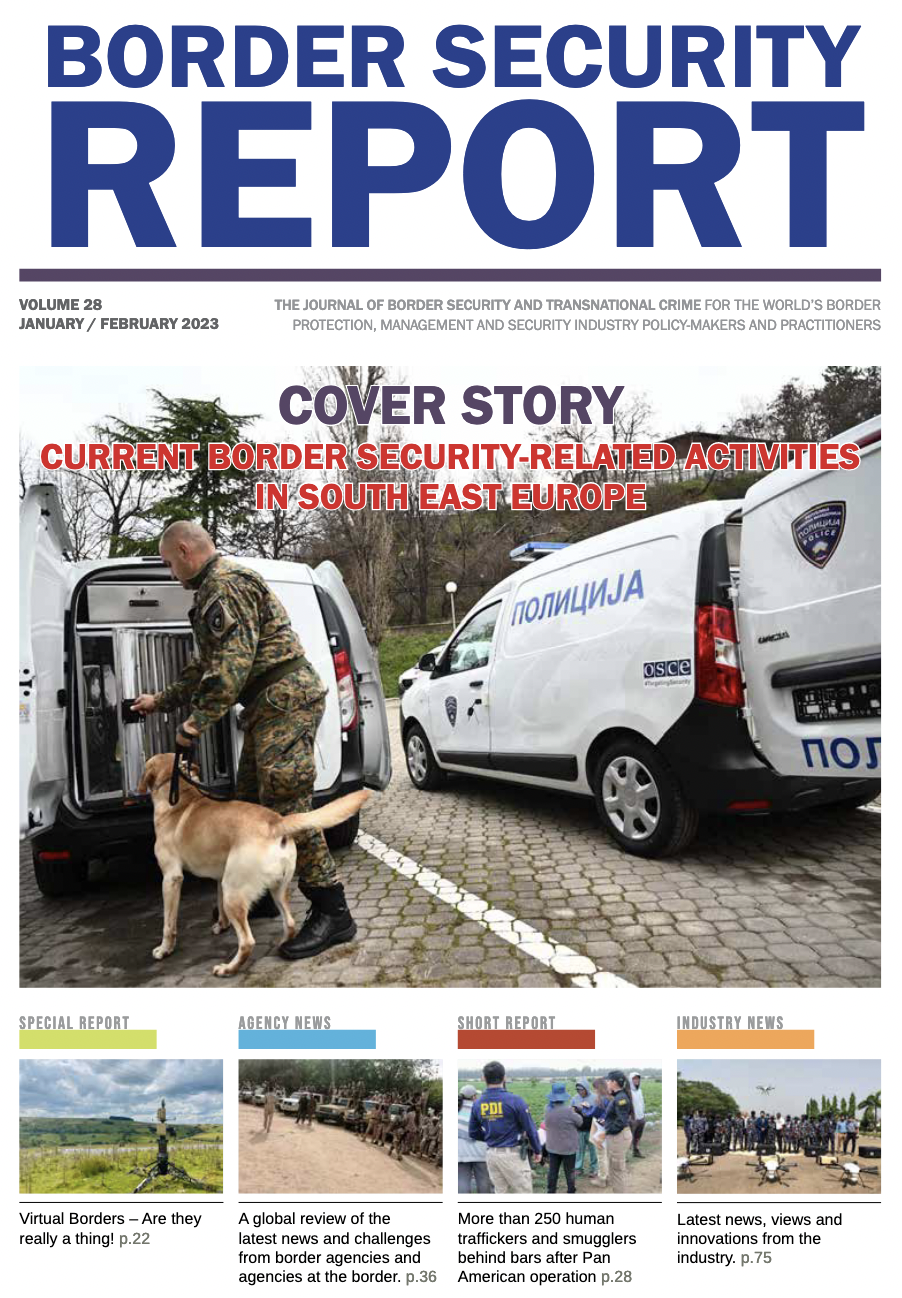Border Security Report Volume 28 (January / February 2023):
On the 22nd of November 2022, the European Law Enforcement Research Bulletin of the European Union Agency for Law Enforcement Training (CEPOL) published the practical research paper titled “Artificial Intelligence and Interoperability for Solving Challenges of OSINT and Cross-Border Investigations” conducted and written by the former Police Colonel Engineer Amr el Rahwan.
The paper describes a newly proposed Person-Centric OSINT approach using Artificial Intelligence (AI) and interoperability to solve the challenges that emerge during investigations, such as multiple-identity, identity frauds, exchanging Cross-Border information, and the complexity of OSINT investigations.
As described by el Rahwan, the war between Russia and Ukraine created the essential need for exchanging Cross-Border information and for preventing, detecting, and investigating terrorism and serious crime across Europe and the neighboring countries. The complexity of OSINT is challenging because only officers with strong information technology skills and backgrounds can obtain optimum results from OSINT investigations for revealing the identity of target persons of interest, such as criminals, imposters, terrorists, and spies.
Furthermore, the paper highlights the relevant technologies that could be used for solving the mentioned challenges, especially using interoperability and pre-trained Artificial Intelligence algorithms.
Moreover, understanding the existing technology limitations is essential for obtaining good results and recommending the best practice for achieving optimal results. Importantly, the newly introduced Person-Centric OSINT approach will allow detectives and investigators with basic IT skills to achieve good results in identifying suspects and victims of terrorism and serious crimes without being overwhelmed with learning advanced IT or OSINT.
Finally, the paper describes the required training for law enforcement officers in each Member State, and it concludes the required training for compliance with EU interoperability standards, the required support for purchasing and implementing AI, interoperability, and Single Search Interface, the required capacity building for technical, functional, and operational officers, and essential AI training on Facial Recognition and Person-Centric OSINT for Cross-Border investigations.
http://www.border-security-report.com/wp-content/uploads/2023/02/BSRJanFeb2023-1.pdf





